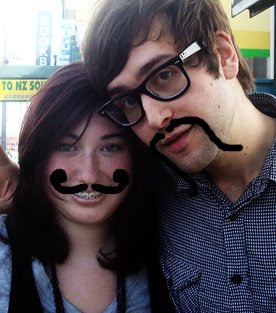
Covers by Herbert Spencer from the new series'.
In the autumn of 1948, a British typographer, teacher and editor Herbert Spencer was planning and brainstorming a type of magazine which was apparently needed for the graphic design world in his point of view. Thus, the magazine Typographia was born. The first issue was published in 1949 with the old series which produced about 16 issues in the timespan of 10 years (1959). He then started producing another series called the New Series which also consisted in 16 issues publishing them from 1960 - 1967. Only two issues were produced each year.
This magazine is devoted primarily to typography and was first presented in a large format with a conventional and serious layout. Typographia originally was a magazine targeted towards to professional printers and graphic designers pin-pointing out the business printing and technical changes for them, but later became a magazine which features visual essays on different aspects of typography such as type on street signs and things similar.

Screencap of the website: www.typographia.org
Unfortunately, Herbert deicded in no longer producing the magazine, but as of 2002, Typographia has become a website devoted to typography sorted into categories such as Designer type, Classafication type and Foundery type. It also has a section of the best typefaces of each year in the Feature area (it has not been updated ever since 2008).
Reference.
Aynsley, J. & Beazley, M. (2001). Pioneers of Modern Graphic Design. A Complete History. In Design Magzines (pge. 122-123). Heron Quays, London, England.
Typographia (2009). Retrieved May 20, 2010. http://www.typographia.org
Typographia (2009). Retrieved May 20, 2010. http://www.typographia.org


Interesting how Typographia has grown and changed over the years. A shame that it isn't still being produced. Would be cool to see modern type in advertising, posters and whatnot.
ReplyDeleteARGH HA!!! FOUNDRY, that is the word that I couldn't remember, you could do a profile on a type foundry. Cool blog like the one with the intertwining words too.
ReplyDelete